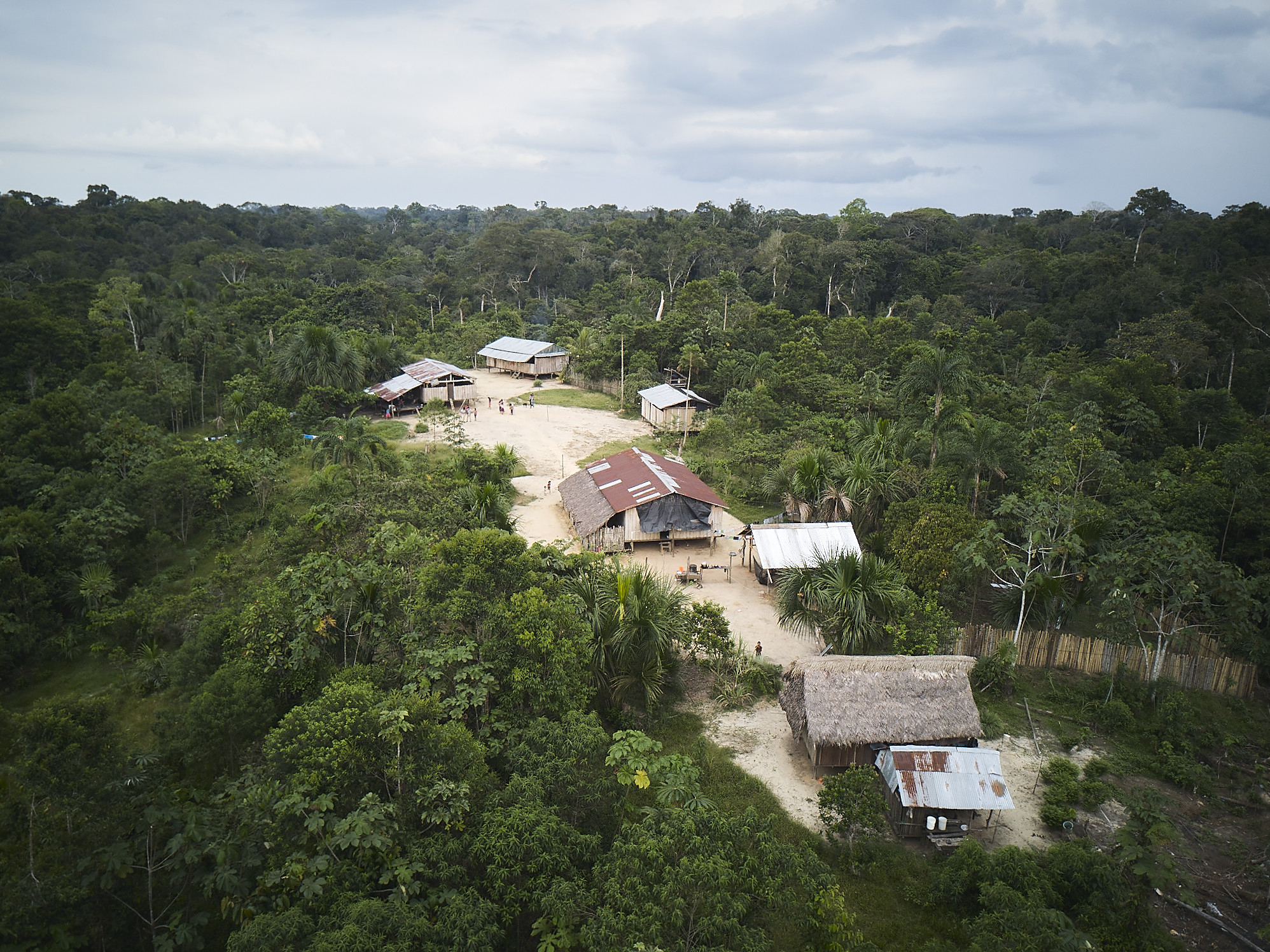
Recently, the civil association Derecho, Ambiente y Recursos Naturales (DAR) analyzed emblematic cases of the environmental impact assessment (EIA) of infrastructure and extractive projects in Colombia, Ecuador, Peru, Brazil and Bolivia, with the contributions of various indigenous organizations. communities of these countries and civil society organizations.
The findings of these analyzes, available in three publications at the national and regional level, highlight that despite the advances in terms of transparency and technical review of the studies, it is still necessary to strengthen these environmental management instruments to adequately measure the potential socio-environmental and prevention, mitigation and compensation measures. Unlike what the Executive and the Congress of the Republic plan to do, when preparing regulatory proposals that try to reduce environmental requirements and eliminate environmental impact studies as a requirement to operate certain investment projects.
However, these environmental management instruments are currently weakened, since they have a late place in the decision-making process. Therefore, the participatory processes need to be strengthened, making it easier for indigenous peoples and local communities to have access to information in a prior and pertinent manner -in terms of language and format-, so that they can provide their observations and timely join the assessment. Carrying out consultation processes prior to the approval of the EIAs is a mechanism for indigenous peoples to exercise a real influence in decision-making on those infrastructure and extractive projects that will have an impact on the territories they inhabit, in our country this not yet done.
Currently, the information of an operation is not centralized in a single project file (planning, evaluation, implementation and inspection), since various entities participate during the process. In addition, it is only possible to access the files in a single language, in person and in the cities, which can be detrimental for those people who live in rural areas, with travel barriers and who do not speak Spanish. All this makes citizen surveillance difficult.
Additionally, it should be considered to identify the indirect, cumulative and synergistic impacts in advance, as well as to develop a guide that facilitates this. In Peru, the opinion of the Ministry of Culture on projects that impact the territories of indigenous peoples should be binding to guarantee the integration of the intercultural approach and the identification of socioeconomic and cultural impacts. Similarly, the opinion of the Ministry of Health, with clear methodologies for identifying impacts on human health, especially in the post-COVID-19 context.
The proposing companies, in the bidding processes and environmental evaluation of infrastructure and extractive projects, in several cases have exerted pressure for the approval of these instruments, which they consider only a bureaucratic requirement and the consultancies hired in many cases have favored in their analyzes to these companies. Therefore, it is essential to focus efforts to minimize political pressure on environmental agencies through surveillance mechanisms, with greater transparency and anti-corruption padlocks. The private sector should also be a key player in building spaces for dialogue, facilitating access to information, complying with regulations, and implementing better socio-environmental practices.
To develop an integrated multidisciplinary vision of environmental impact assessment processes, it is necessary to articulate the various actors that participate, such as government entities, indigenous peoples, civil society, and the private sector, to generate medium- and long-term commitments that improve the governance of natural resources, ensuring the respect and exercise of human rights.
By Aida Gamboa Balbin
Law, Environment and Natural Resources (DAR)
[CONTENIDO PATROCINADO]
Source: Larepublica
Alia is a professional author and journalist, working at 247 news agency. She writes on various topics from economy news to general interest pieces, providing readers with relevant and informative content. With years of experience, she brings a unique perspective and in-depth analysis to her work.












